This is your brain on AI — and here’s the subtle shift you’re not noticing
Not scrambled, but perhaps too comfortable

Nearly two decades ago my friends and I were at a trivia night at a bar in Boston. Most of us had just swapped our flip phones for this new thing called an iPhone. With Google at our fingertips, we were in it to win it.
But when the host called out an obscure question, one I knew we all knew but just wasn’t coming to us, I said, “Hey, let’s use our brains this time.” We all put our heads together and still got the question wrong.
My reason for sharing this somewhat sad anecdote is because of the recent debate over AI and whether it's making us dumber. However, with any type of technology (calculator, computer, smartphone) perhaps the decline is not in intelligence, but rather an increase in laziness.
In the above example, my friends and I — all college graduates — definitely knew the answer, but it was just so much easier and faster using Google to get it.
AI tools like ChatGPT, image generators, and recommendation algorithms are designed to enhance productivity and creativity. Yet, when overused, they can lead to a reduction in effort and engagement, affecting our motivation, confidence and decision-making abilities.
The comfort trap
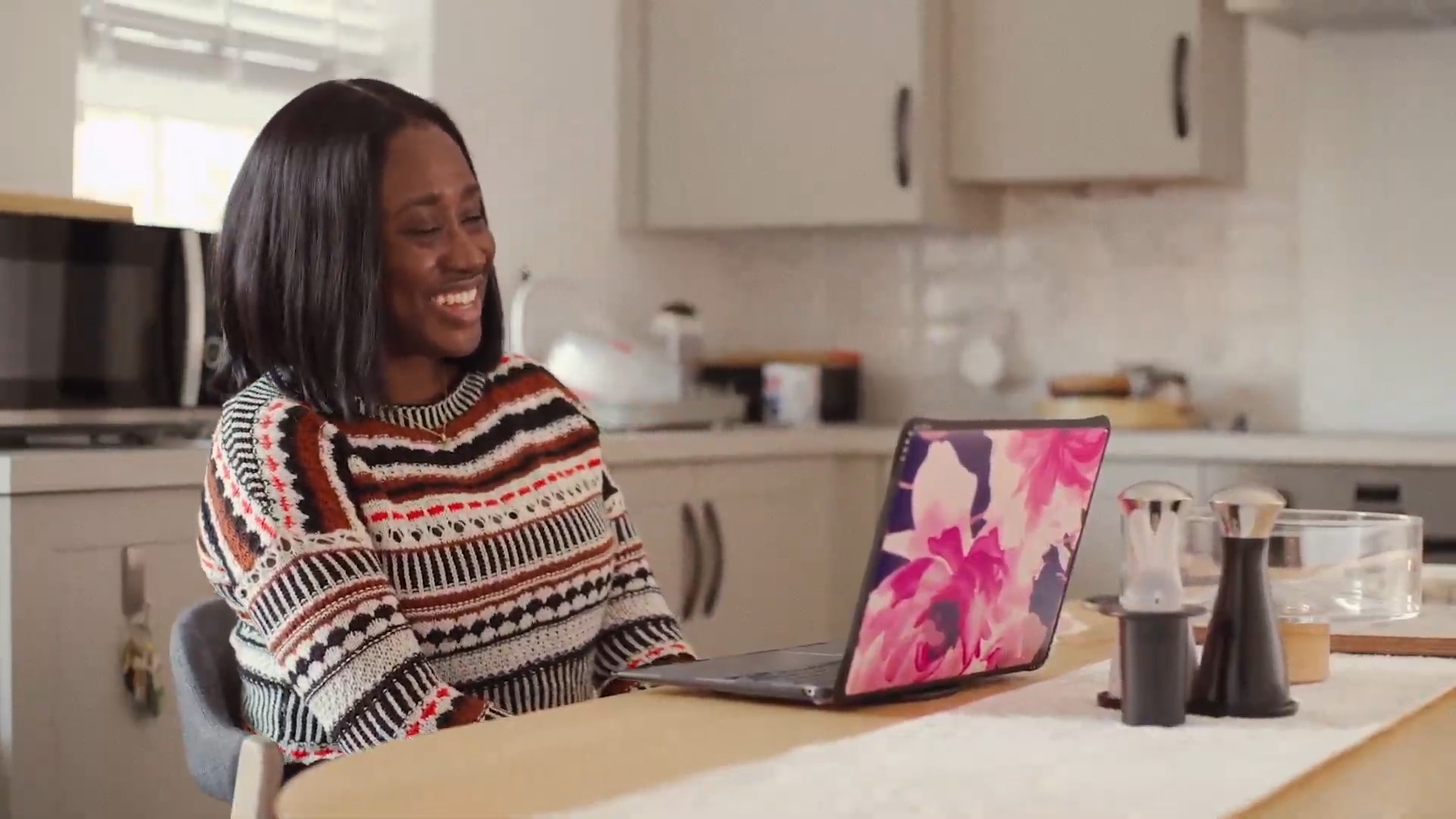
AI excels at handling repetitive tasks, summarizing information and generating content. Sure, that’s why we all use it, right? While this efficiency is beneficial, it can also encourage a tendency to avoid effortful thinking.
Automation complacency occurs when we accept AI outputs outright without critical evaluation, leading to errors and a diminished capacity for independent thought.
For instance, studies have shown that overreliance on AI can result in decreased vigilance and poorer decision-making outcomes. So perhaps we aren’t getting dumber; we’re just shrugging off the work and time it takes to get to the answers.
The productivity paradox

While AI can boost productivity, it may also erode essential skills. In educational settings, students who rely heavily on AI for writing or problem-solving may experience a decline in critical thinking and creativity.
Similarly, in professional environments, studies have shown that overdependence on AI can lead to a loss of expertise and a decrease in the quality of work. The report even suggests using AI can make you lonelier.
If you ask me, it doesn’t take a study to prove this. Using AI is a quick way to get answers without talking to anyone or thinking for ourselves. But just because we can, doesn't mean we should.
Sign up to get the BEST of Tom's Guide direct to your inbox.
Get instant access to breaking news, the hottest reviews, great deals and helpful tips.
Strategies for mindful AI use

The good news is, you can hang on to your intelligence and still use AI. The strategy to harness the benefits without succumbing to its pitfalls requires a shift in using AI as a starting point.
You can employ AI tools to generate ideas or drafts, while investing time in refining and personalizing the output. Here are some ways to do that:
Engage in critical evaluation. Always assess AI-generated content for accuracy and relevance. Developing a habit of questioning and verifying information can prevent complacency.
Balance automation with skill development. Continue to practice and develop your skills independently of AI assistance. This balance ensures that your abilities remain sharp and adaptable.
Promote AI literacy. Understanding how AI works and its limitations can empower users to make informed decisions about when and how to use these tools effectively.
Prompts to reduce overreliance on AI
I’ve put some prompts together to help get the most out of AI and increase critical thinking. The use of chatbots isn’t going anywhere, which is why it is crucial that we lean into it while also learning with it.
Challenge the output
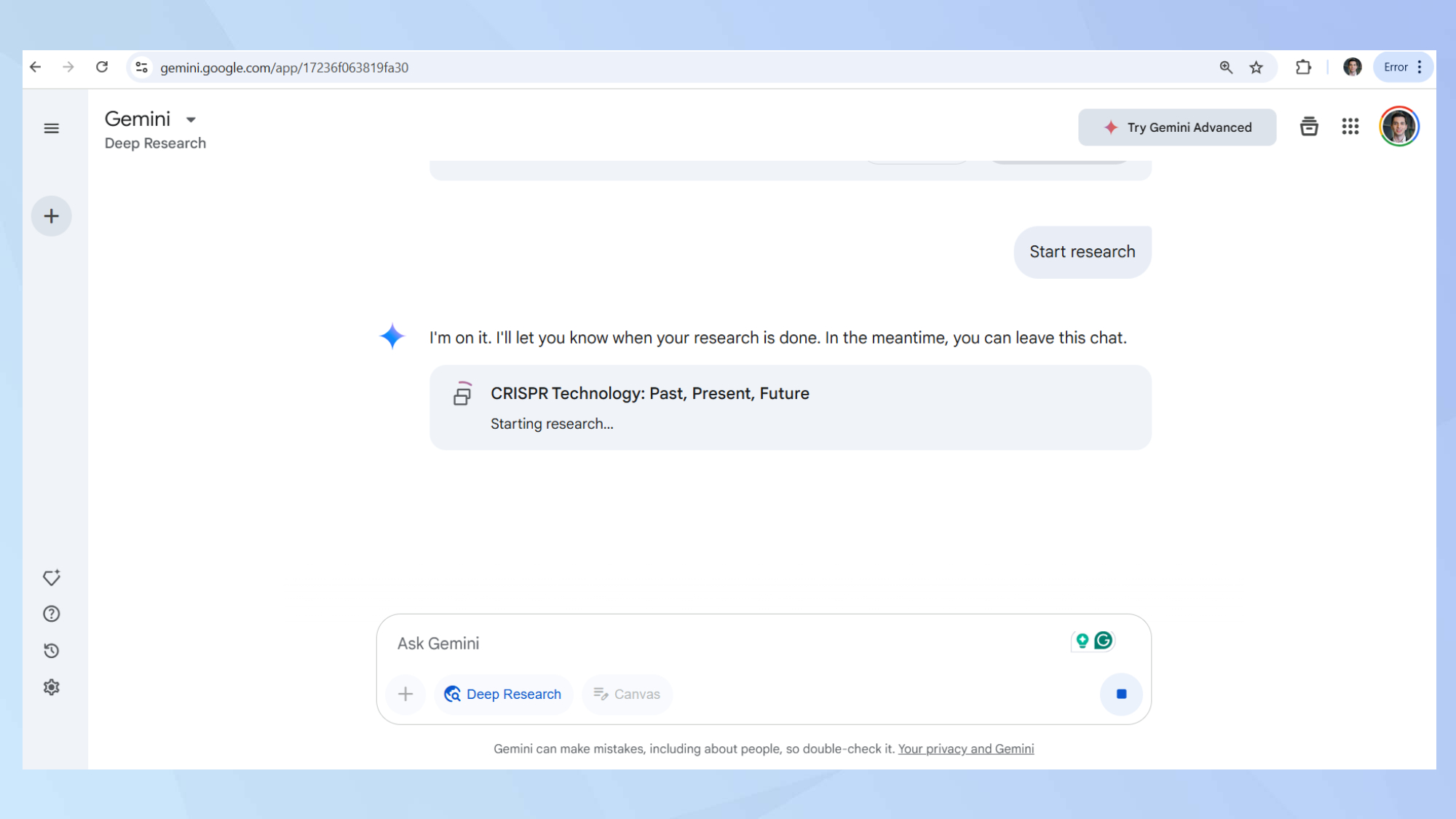
Prompt: “What assumptions underlie this AI-generated response? Could there be alternative interpretations or perspectives?”
This prompt encourages users to scrutinize AI outputs and consider multiple viewpoints. Asking follow-up questions and engaging in a conversation with the AI is another way to challenge the output and make theories for yourself.
Seek counterarguments
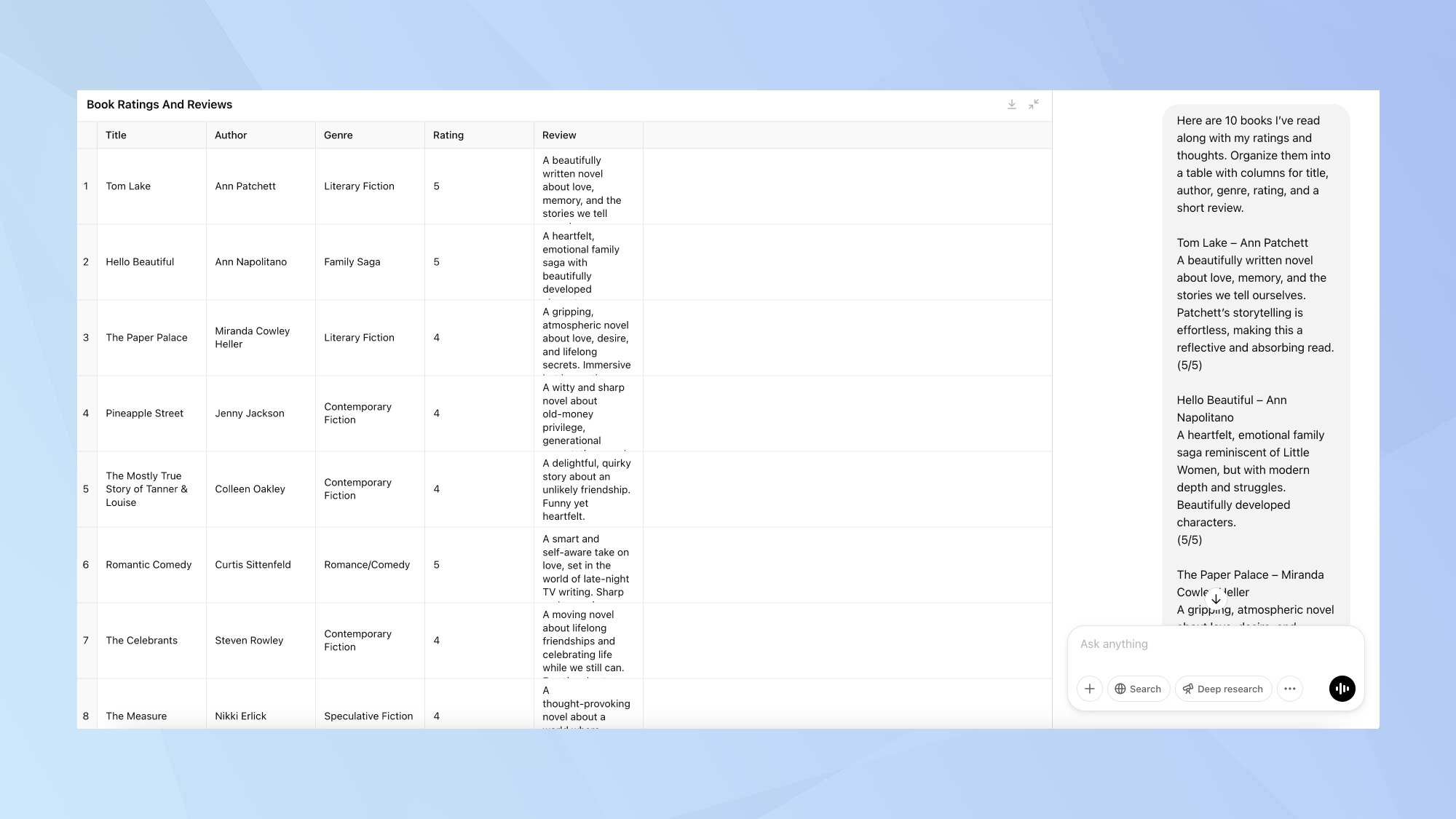
Prompt: “Present a well-reasoned argument opposing the previous answer.”
As mentioned, follow up questions help to understand and challenge differing perspectives.
This also helps strengthen analytical skills.
Assess source credibility
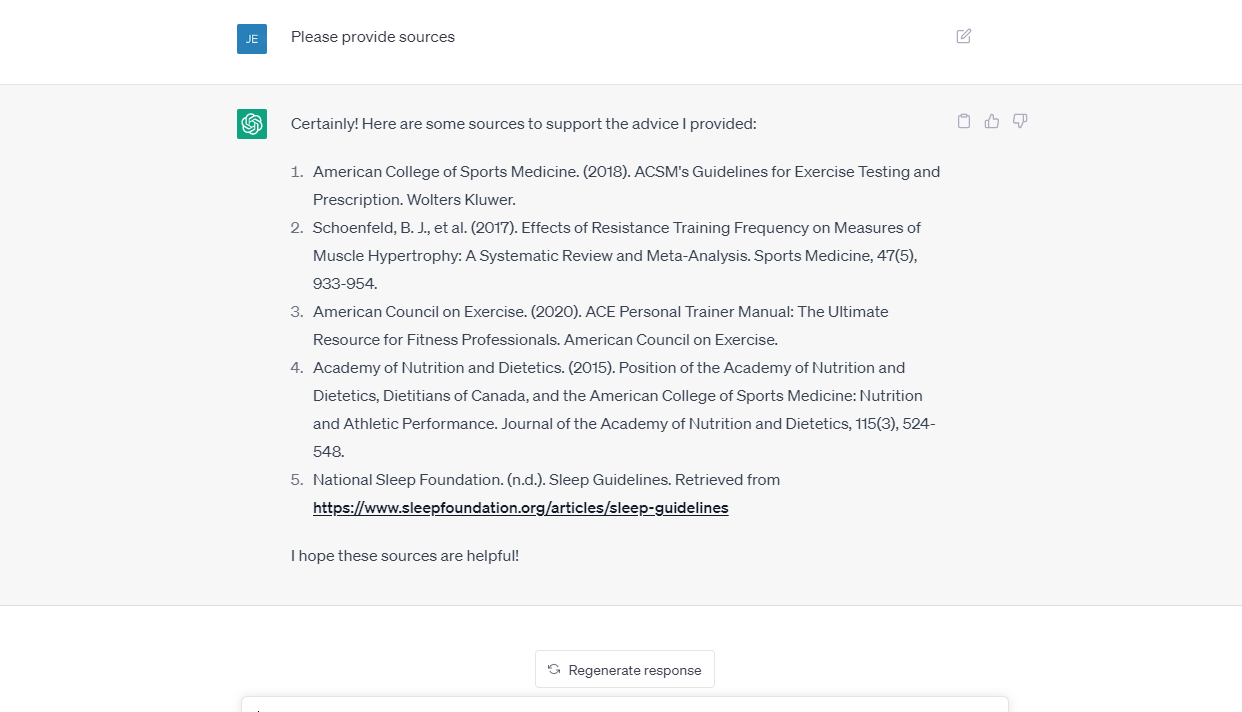
Prompt: “What are the primary sources supporting this information? Evaluate their reliability and potential biases.”
By going deeper into the credibility of sources, you can develop skills in source evaluation and information literacy.
Explore Implications
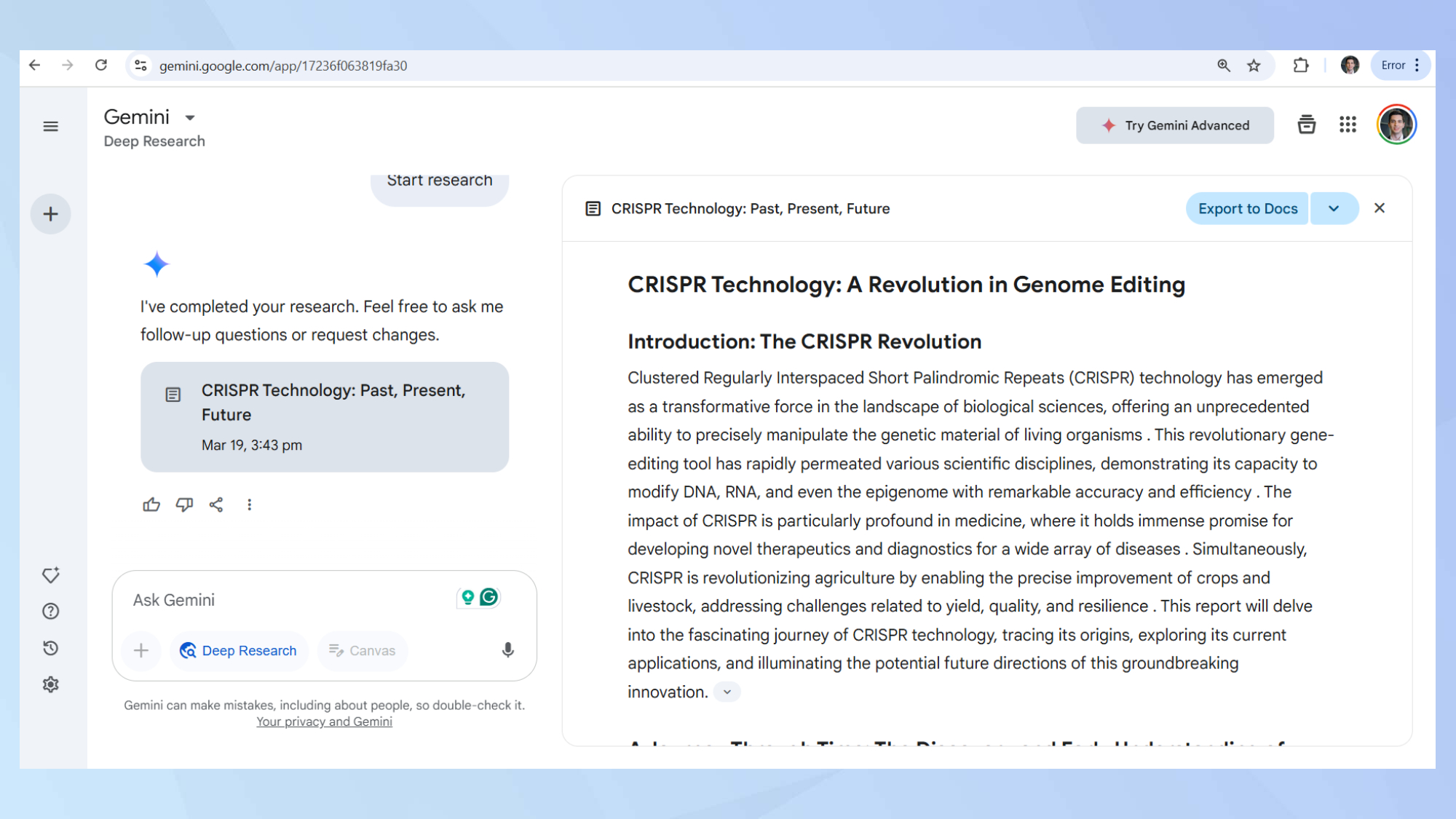
Prompt: “If this information is accurate, what are the potential short-term and long-term consequences?”
Encourage yourself to think about the broader impact and future ramifications by using this prompt. Also, feel free to challenge AI to truly determine if the information is accurate.
If you don’t have time to dig deeper into the sources, have a conversation with the AI until you get to the bottom of what you’re looking for, you may discover information you didn’t even know you needed.
Reflect on personal understanding

Prompt: “How does this information align or conflict with my existing knowledge or beliefs?”
This last prompt is more for you than the chatbot. By fostering self-awareness and integration of new information with prior understanding, you can reflect on how you use what you’re learning and expand your knowledge.
Final thoughts
Incorporating these prompts into your interactions with AI can transform the experience from passive receipt of information to an active dialogue, enhancing critical thinking and reducing the risk of cognitive complacency.
AI has the potential to be a valuable ally in our personal and professional lives. By using it thoughtfully and maintaining our commitment to active engagement and critical thinking, we can avoid the trap of laziness and ensure that AI serves as a tool for enhancement rather than a crutch that diminishes our capabilities.ama
More from Tom's Guide
- I've subscribed to every AI tool — only one was worth the money
- I use ChatGPT every day — here's 10 prompts I can't live without
- DuckDuckGo's new AI Search offers a crucial advantage over Google

You must confirm your public display name before commenting
Please logout and then login again, you will then be prompted to enter your display name.









